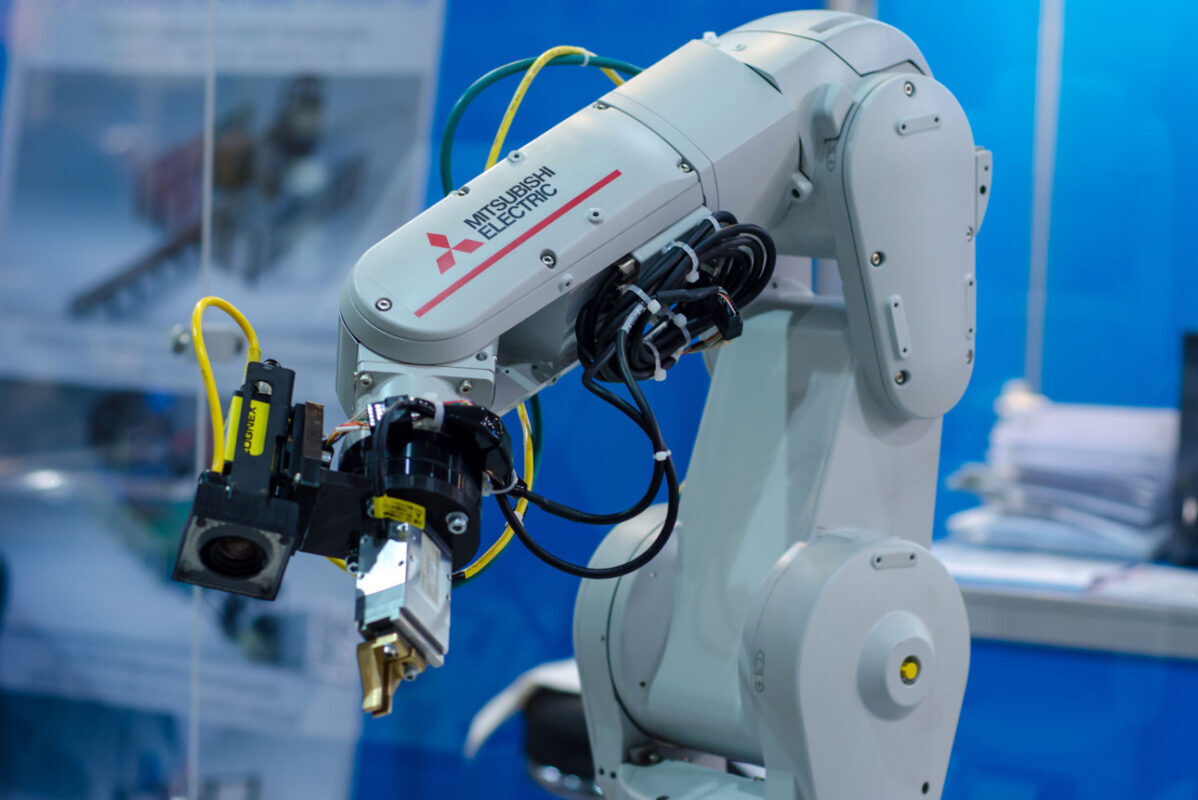Robotics design in the pre-manufacturing stages can range from pitching numerous idea images to more systematic concepts. They include the creation of pertinent schematics and other component diagrams.
Traditionally, robotics design involves a robotics designer planning and building a robot. Depending on their interests and areas of expertise, a robotics designer’s pre-manufacturing work can be technical and artistic.
However, the typical sequence of events is for robotics designers to produce concept images for robots. They will test each prototype and help with the final product’s production.
But considering how important humans are in creating robotics is only one side of the story. You have to look at the opposite extreme: design automation, where the robotics design comes from humans influenced by machines.
How Robotics Design is Affected by Design Automation

The use of industrial software to lessen the manual labor that human engineers would otherwise have to do is called design automation. It helps humans collect and reuse engineering knowledge.
Since design automation is “rule-based design,” it can even replace the requirement for designers to execute complex codes manually.
Generative 3D Printing Design
In generative design, a sort of 3D printing, the designer inputs their vision into the program. They decide what’s the ideal object and its desired characteristics. The latter comprises the design goals, including the hardware size, weight, and manufacturing costs.
The software’s job is to attempt to arrive at the ideal numerical values for those qualities and determine the best result. In this case, a computer (or person) repeatedly determines which calculations are too high and too low. They will continue with it until the process of elimination brings the right solution.
The importance of generative design in industry is expanding. This is because businesses are forced to consider the manufacturing sector’s design for manufacturability or DFM.
A production principle known as DFM refers to the necessity to create items of high caliber and manufactured with affordability in mind. It goes hand in hand with generative design. Both concepts require meticulous planning of material creation and direct computation of the best way to use those materials.


